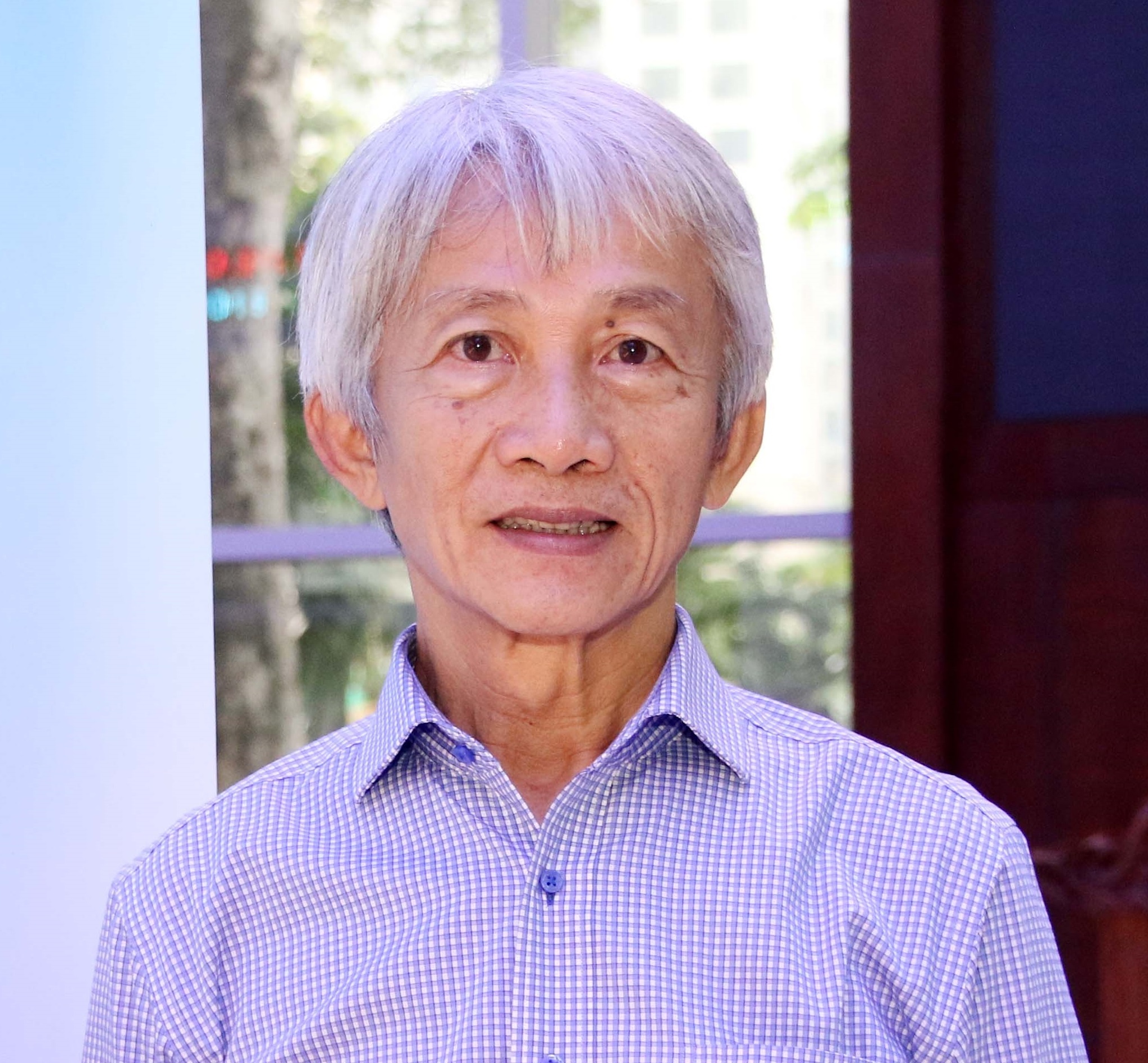Considering the implications of fiscal reformations
 |
| Prof. Dr. Tran Ngoc Tho - Member, National Fiscal and Monetary Policy Advisory Council |
The People’s Bank of China (PBoC) has applied three rounds of providing loans based on the developments of COVID-19 and on how the Chinese government controls the pandemic, in combination with requirements for socio-economic development.
After the outbreak emerged in January 2020, the PBoC offered a ¥300 billion ($2.63 billion) loan package to enterprises operating in the sector of healthcare and indispensable goods, with a low lending rate of 2.49 per cent a year. This was aimed to solve the situation of supply failing to meet demand.
When COVID-19 was almost controlled and to support about 600,000 enterprises in production recovery, the PBoC in the same month provided another loan package worth ¥500 billion ($4.39 billion), with an average lending rate of 2.5 per cent a year for agricultural and micro- and small-sized enterprises.
Last April, at the stage of boosting recovery and development, the PBoC offered a bigger loan package valued at ¥1 trillion ($8.77 billion) to 1.58 million enterprises in the sectors of agriculture and e-commerce with an average lending rate of 4.48 per cent a year. This policy was aimed at bringing the economy to its potential growth.
On June 1, 2020, the bank created two new tools applied directly to the weak sectors and localities with low credit growth. The first tool was providing loans for those aforementioned enterprises with a preferential package worth ¥40 billion ($351 million) through the interest rate swap mechanism, which encourages commercial banks to create loans valued at up to ¥3.7 trillion ($32.56 billion) for these enterprises.
The second tool was supporting unsecured loans for these enterprises, with ¥400 ($3.5 billion) in loans without interest rates for local banks. This has created a total unsecured loan worth ¥1 trillion ($8.77 billion) for the businesses.
The PBoC is steadfast in reforming in favour of the market and paying attention to preventing moral risks via not selecting borrowers, and the right to provide loans would depend on commercial loans.
By late 2020, all principal debts and interest valued at ¥7.3 trillion ($64 billion) have been returned to the PBoC by lenders nationwide.
In line with the symbiosis principle, the PBoC set a target that by late 2020, ¥1.5 trillion ($13.16 billion) worth of banks’ profit must be transferred to the real economy via policies on reducing interest rates and fees and on debt restructuring. Results showed that this effort was already made, with an average lending rate reducing to only 4.16 per cent a year – the lowest level since 2015.
To enhance credit structure effectiveness, in the first half of 2021, the PBoC released guidelines for adjusting indexes to access macro cautions in the banking system when considering loans for key economic sectors.
In late June this year, special monetary policies almost returned to pre-pandemic levels. Medium- and long-term loans for micro- and small-sized enterprises increased 31 per cent on-year and the average lending rate sat at a very low level of 4.93 per cent, while the consumer price index increased only 0.5 per cent on-year. The inflation rate for the whole year is estimated to be merely 2 per cent.
It is very difficult for other nations to apply such policies as their political and economic institutions are quite different from China. Meanwhile, Vietnam and China share many similarities. The PBoC is almost the only central bank in the world that can apply such policies successfully.
Notably, such policies can heal the temporary wounds without making long-term successes if the government fails to deal with structural weaknesses found in state-owned enterprises which are big debtors. Also, there must be deeper participation in terms of fiscal policy.
The above analysis means some implications for Vietnam’s policymakers. While the economy must focus on basic structure reformations, the State Bank of Vietnam can consider a suitable monetary policy to provide loans in the medium and long term in order to support the economy in post-pandemic recovery. What is important is that the central bank needs to mull over a roadmap to remove the existing rigid cap on credit, which has now failed to catch up with new developments in the economy.
What the stars mean:
★ Poor ★ ★ Promising ★★★ Good ★★★★ Very good ★★★★★ Exceptional
Related Contents
Latest News
More News
- Banks gear up for massive capital increases (December 18, 2025 | 17:04)
- Securing capital and efficiency for Vietnam’s 2026-2030 growth ambitions (December 17, 2025 | 10:00)
- Energy sector in need of blended finance mechanisms (December 17, 2025 | 09:00)
- Vietnam still has room to mobilise capital for sustainable growth (December 17, 2025 | 08:57)
- Long-term capital seen as key hurdle to green growth (December 16, 2025 | 08:00)
- Gold prices swing amid tax debate and import uncertainty (December 15, 2025 | 18:04)
- Agribank frames bank credit as catalyst for green growth (December 15, 2025 | 17:59)
- Vietnam’s green transition demands collective financial action (December 15, 2025 | 12:00)
- VIR workshop highlights capital and policy for sustainable development (December 15, 2025 | 11:00)
- Promoting digital assets initiative in Vietnam (December 13, 2025 | 09:30)

 Tag:
Tag:






















 Mobile Version
Mobile Version